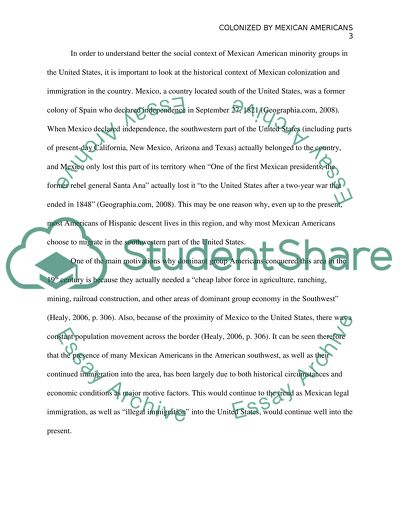Cite this document
(“Colonization of Mexican Americans in the United States Essay”, n.d.)
Retrieved from https://studentshare.org/environmental-studies/1405572-colonization-of-mexican-americans-in-the-united
Retrieved from https://studentshare.org/environmental-studies/1405572-colonization-of-mexican-americans-in-the-united
(Colonization of Mexican Americans in the United States Essay)
https://studentshare.org/environmental-studies/1405572-colonization-of-mexican-americans-in-the-united.
https://studentshare.org/environmental-studies/1405572-colonization-of-mexican-americans-in-the-united.
“Colonization of Mexican Americans in the United States Essay”, n.d. https://studentshare.org/environmental-studies/1405572-colonization-of-mexican-americans-in-the-united.


